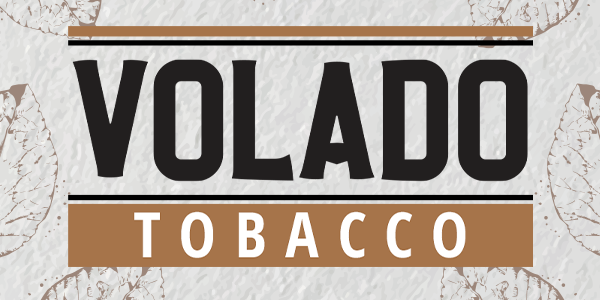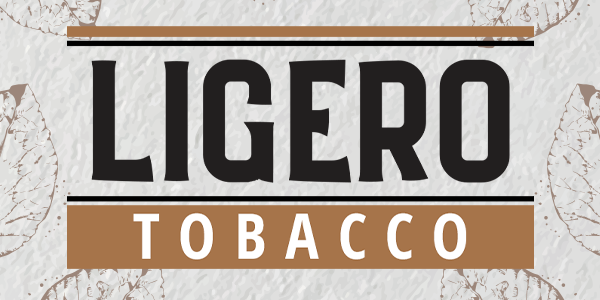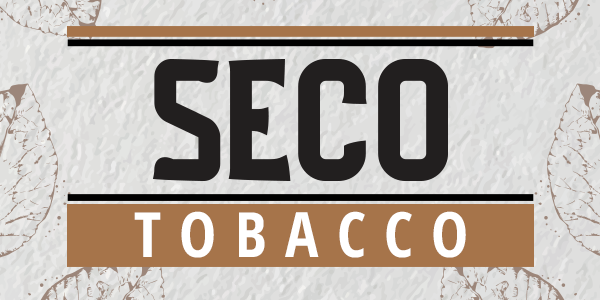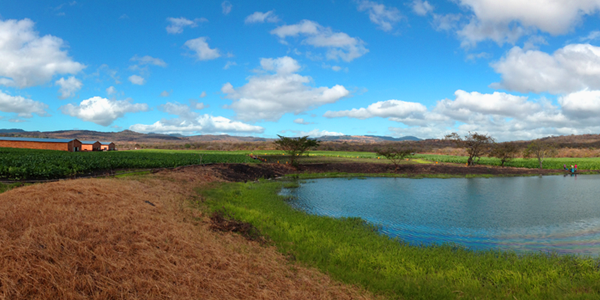Volado Tobacco
If you want to understand the strength of the cigar you’re smoking, it’s useful to know what tobacco leaves were used in the making of it. I’m not talking about the seed variety, but where the leaves in the cigar came from on the tobacco stalk.
Every cigar has a mixture of different leaves from the tobacco plant that allows the cigar-maker to blend for strength and flavor. Among the leaves is volado, the least flavorful on the stalk. Volado retains less water than seco which is just above it.
What Is Volado Tobacco?
Essentially, volado leaf is found near the bottom of the tobacco plant. It’s a grade of filler tobacco, and rarely used as binder. Some cigar-makers trim volado from the plants so that more nutrients are transferred to the seco, which is further from the ground. Neither seco nor volado are as strong as ligero. Generally, about 10 percent of the leaves on a tobacco stalk are volado.
The Value of Volado
Volado’s contribution to a cigar’s quality has less to do with flavor than with combustion. Volado burns really well because the leaves are thin and light. That said, some notable Cuban cigars benefit greatly from the inclusion of volado. The Cohiba Talisman Edicion Limitada 2017, 54 x 6, about $85, is considered one of the better burning Cuban cigars because of the amount of volado in it.
Solar Exposure
As the volado leaves are found at the bottom of the tobacco plant, they have less sun hitting them than the leaves higher up. Sun usually translates into power. With little sun comes less flavor.






